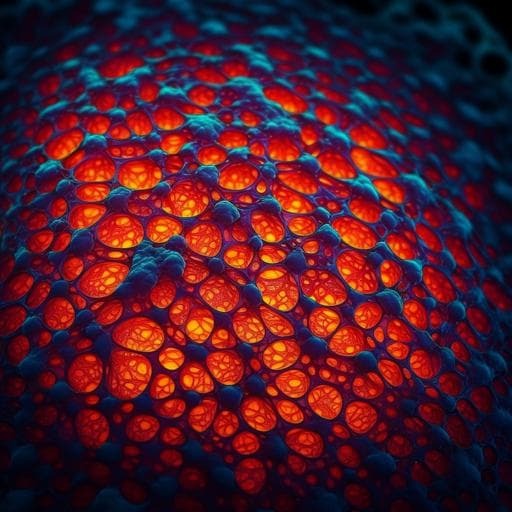
Engineering and Technology
Machine intelligence accelerated design of conductive MXene aerogels with programmable properties
S. Shrestha, K. J. Barvenik, et al.
This groundbreaking research by Snehi Shrestha and colleagues introduces an innovative workflow combining robotics and machine learning to design ultralight conductive aerogels with tailored properties. Their automated approach enables the prediction and inverse design of aerogels, paving the way for applications in wearable thermal management.
~3 min • Beginner • English
Related Publications
Explore these studies to deepen your understanding of the subject.







